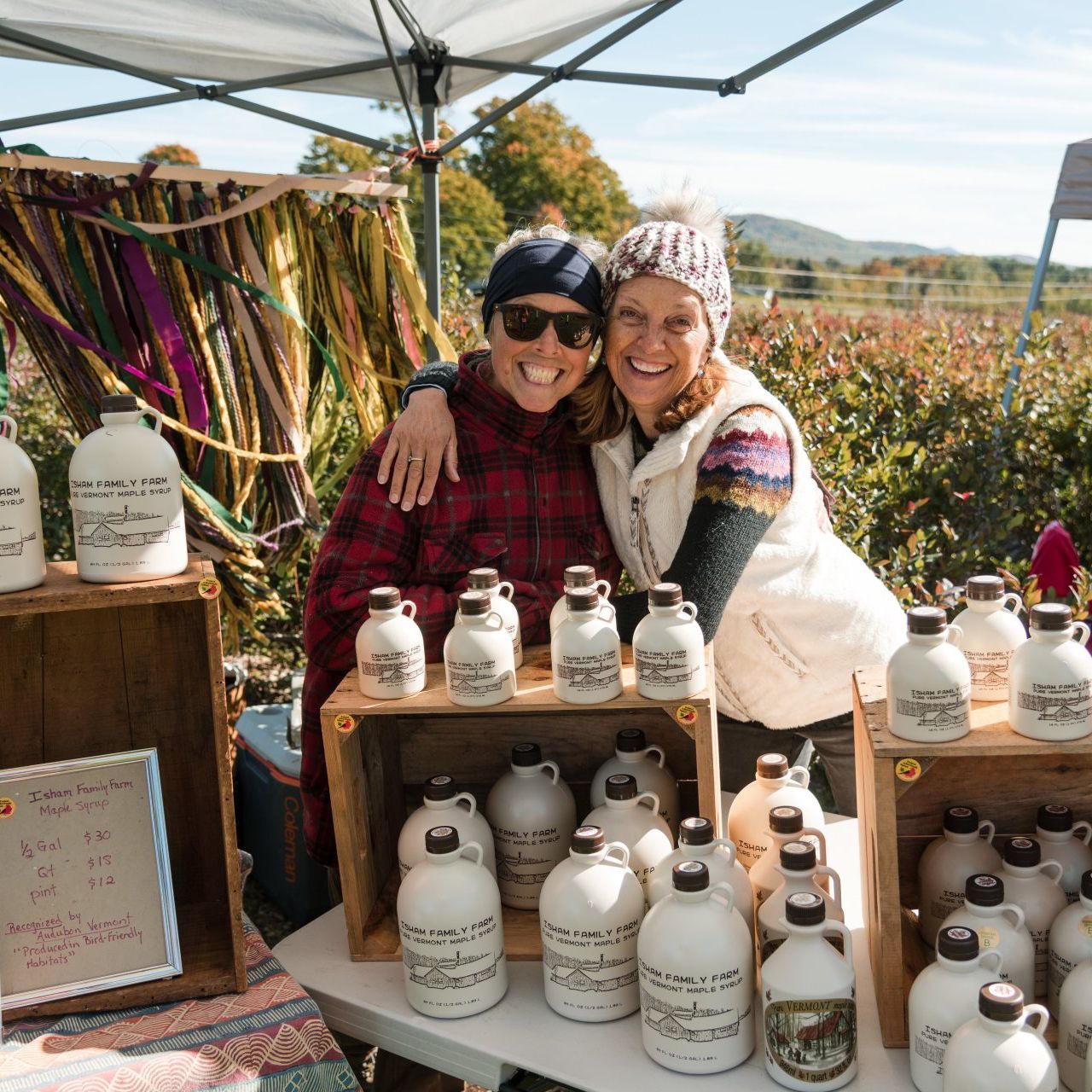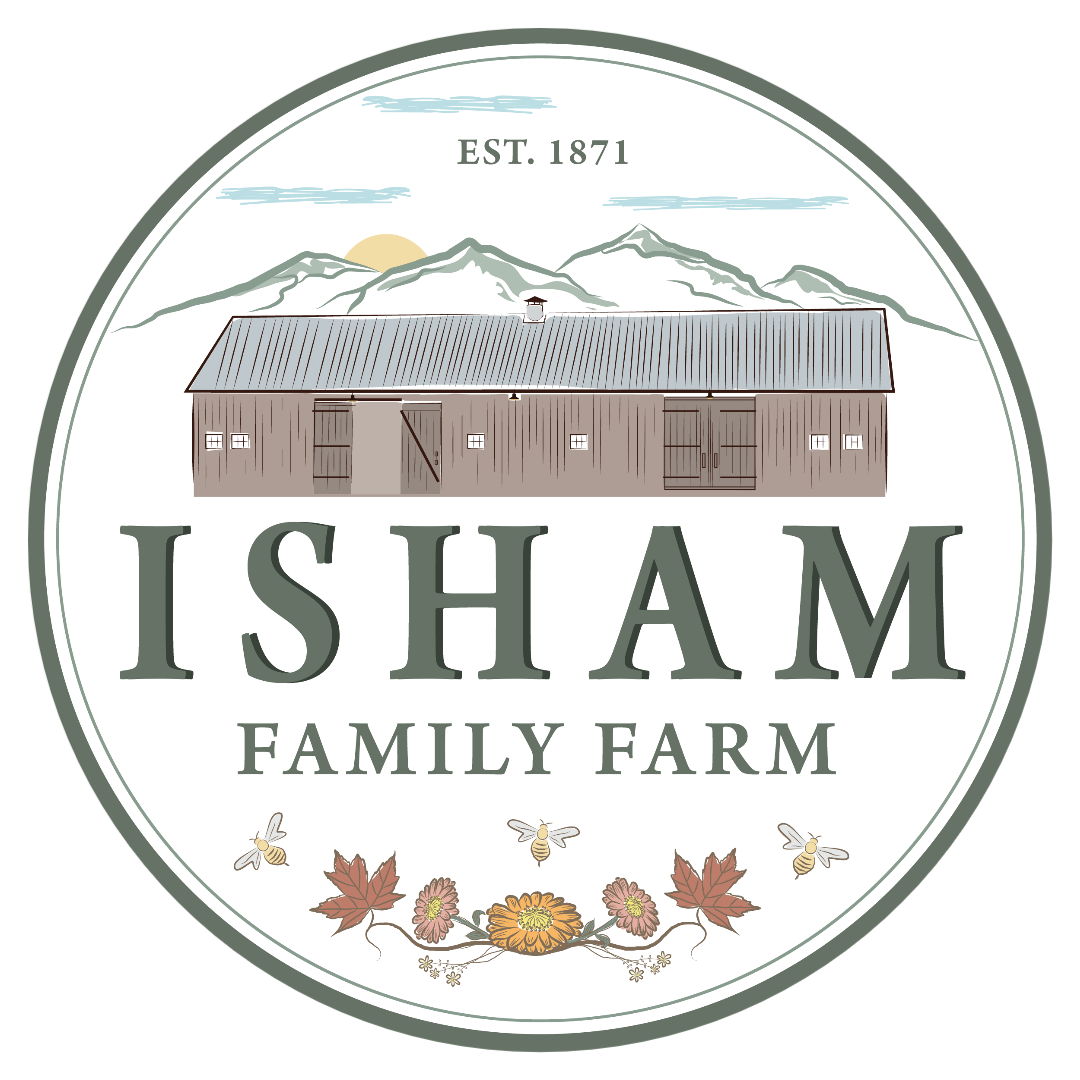Sweetening the Mix: Mastering Baking with Liquid Sweeteners
Reserve ¼ Cup Of The Sweetener To Brush The Top Of The Baked Good Near The End Of The Baking Process
Use The Liquid Sweetener In Place Of Part (Or All) Of the Recipe’s Sugar or Liquid Ingredient
Preheat the Sweetener to Reduce the Bake Time
Balance the Liquid Sweetener with Acidic Ingredients
Substitute Meringue Powder to Give the Recipe Some Extra Lift
For Oven-Baked Goods, Use Part Liquid Sweetener and Part Sugar
Try a Low-Heat Caramelizing Technique for Cooked Items
The low-heat caramelizing technique is a fantastic way to enhance the flavors of cooked items like syrups, jams, and glazes when using liquid sweeteners from a pumpkin patch Williston VT. Gently heating the sweetener over low heat allows the sugars to caramelize slowly, resulting in a rich, deep, and complex taste. This process also helps to develop a beautiful golden color, enhancing the visual appeal of the final dish.
- Why Vermont? -
Vermont is known as the best place for a fall vacation. Bright colors, crisp air, and family fun abound. And what says Fall more than pumpkins? Tourists come from all over the globe to view Vermont’s world-famous foliage. The best time to see Vermont’s fall colors is mid-September through the first week of October, but many visitors come earlier or stay later to enjoy the quiet beauty of Vermont in the off-season. It's not just the colors that make Vermont so special in the fall, but also different activities that bring people of all ages together.
- Williston, VT -
When fall is around the corner in Vermont, pumpkin patches just seem to appear out of nowhere. Most people think of Williston as a quiet and slow town, but we know how to throw a party when Autumn comes around. The smell of fresh pumpkin bread baking in the oven, leaves falling gently to the ground while kids play, and farmers busy at work harvesting their pumpkins are some of the wonderful sights and smells of fall in Vermont.
Fall in love with making memories here!


